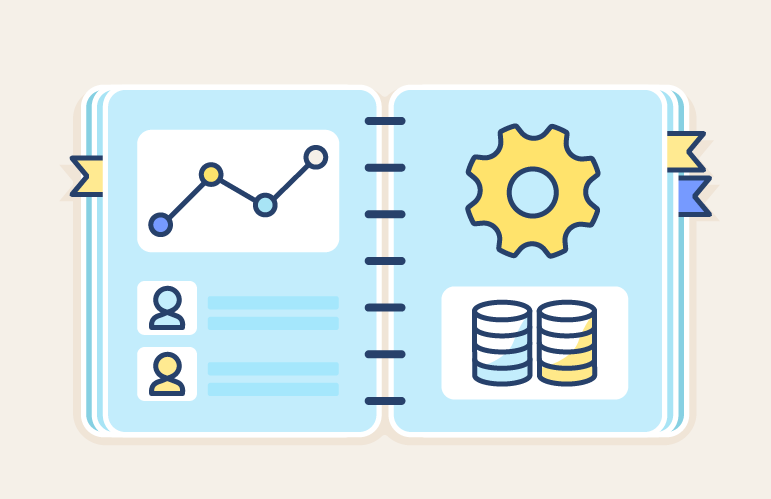How to implement a data-driven strategy


Category: Data
In an ever-changing world, where data is generated on an unprecedented scale, marketers face a major challenge: how to effectively harness this mass of information to make informed decisions and achieve their marketing objectives? This reality has led to a growing awareness of the importance of adopting data-driven" strategies strategies in today's competitive landscape.
According to a recent study by Forbes, which surveyed marketing professionals from a variety of sectors, 88% of marketers say that data is essential to achieving their marketing objectives. This revealing figure underlines the magnitude of the impact that data has on the way companies conduct business and interact with their customers.
A data-driven strategy is a marketing approach that relies on the analysis of data to make decisions. To be effective, a data-driven strategy must be based on quality data, collected from reliable sources and rigorously processed and analyzed.
How do you set up a data-driven strategy?
Implementing a data-driven strategy starts with data collection. Marketers can collect data on customers, purchasing behavior, online interactions, campaign results, cookies, surveys, Saas software and audience analysis. Once the data has been collected, it is essential to store it in a centralized, secure location.
Many tools are available to marketers to analyze their data. The most widespread software packages offer dashboards, visualization tools and even "Business Intelligence" tools, which can be used to propose fields of action with precise suggestions for action. Understanding your data is essential: according to Google, companies that learn from their data are five times more likely to make faster, more informed decisions than those that don't analyze it.
The optimization of marketing strategies is made possible by the data analysis carried out. Data will help, for example, to target advertising campaigns at specific audiences, personalize offers for individual customers, or measure campaign performance and adjust strategies accordingly.
The benefits of a data-driven strategy are numerous. Firstly, a data-driven approach helps maximize campaign results by identifying trends and opportunities for improvement. By relying on quantifiable data rather than hunches or guesses, marketers can make more informed and accurate decisions, which can help avoid costly mistakes.
The personalization of marketing campaigns is also facilitated: the needs and preferences of each customer are taken into account, mechanically increasing the effect of campaigns. By monitoring data in real time, marketers can quickly adjust their strategy and stay ahead of competitors lacking relevant data.
Finally, a data-driven approach can help to more accurately measure campaign results using key performance indicators. This enables marketers to understand the impact of their marketing campaigns to improve the results of future projects. Gartner, which specializes in advising business leaders, estimates that companies that use data to make marketing decisions have conversion rates 15% higher than those that don't.
As we saw above, implementing a data-driven strategy is essential for marketers seeking to maximize the effectiveness of their marketing campaigns. In an increasingly data-driven marketing landscape, it's essential tohave a tool capable of managing and exploiting this data effectively. This is where the Customer Data Platform (CDP) COMES INTO PLAY.
A CDP is a technological platform that optimizes the activation and analysis of clean, unified and reliable data, for optimized performance and return on marketing investment. This data can include demographic information, purchasing behavior, preferences, interaction history, etc.
Thanks to a CDPmarketers can benefit from a 360-degree view of their customers. In addition to helping them personalize campaigns, such a platform facilitates data activation by enabling consistent messages to be delivered across different marketing channels. Thisimproves campaign efficiency and optimizes results.
Implementing a data-driven strategy, combined with the use of CDP, is therefore essential for marketers looking to maximize the effectiveness of their marketing campaigns. By using data to optimize campaigns, make more accurate decisions and personalize offers, marketers create campaigns that are more effective and more relevant to their target audience. More efficiency, less cost: the adoption of a data-driven strategy is more than recommended!
Contents